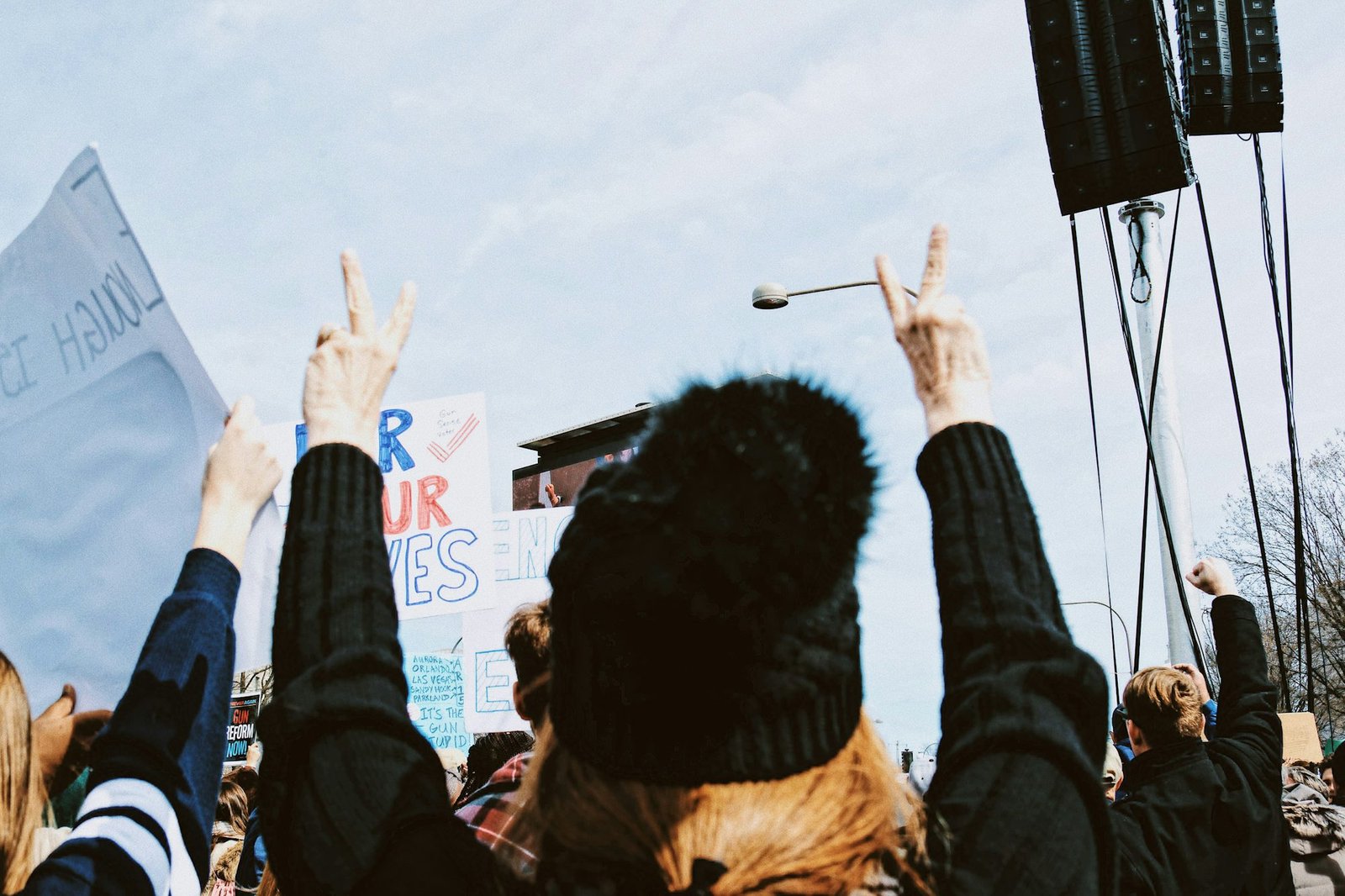
Understanding Creativity
Creativity is often defined as the ability to generate new and original ideas. However, it’s more than just coming up with novel concepts; it involves the capacity to think critically and make connections between seemingly unrelated topics. Creativity can manifest in various forms, from artistic endeavors to problem-solving in everyday situations. Recognizing that creativity is a skill that can be nurtured is the first step towards enhancing it.
Cultivating a Creative Mindset
The foundation of creativity lies in cultivating a mindset that embraces exploration and experimentation. Here are some key principles to foster a creative mindset:
- Embrace Curiosity: Cultivating a sense of curiosity encourages exploration. Ask questions, seek new experiences, and be open to learning. Curiosity not only fuels creativity but also enhances knowledge and understanding of the Entertainment world around you.
- Accept Failure: Fear of failure can stifle creativity. Understanding that failure is a part of the creative process allows individuals to take risks and experiment without the fear of judgment. Each failure can provide valuable lessons that contribute to future successes.
- Stay Positive: A positive attitude fosters an environment where creativity can thrive. Surround yourself with supportive people who encourage your ideas and provide constructive feedback. Celebrate small wins and remain optimistic about your creative journey.
Setting the Stage for Creativity
Creating an environment that promotes creativity is essential. Here are some strategies to set the stage for creative thinking:
- Design Your Space: A conducive environment can significantly impact creativity. Consider personalizing your workspace with inspirational quotes, artwork, or Movies objects that resonate with you. A clutter-free, organized space can also help clear mental distractions, allowing for focused thinking.
- Incorporate Nature: Research shows that exposure to nature can enhance creativity. Spend time outdoors, incorporate plants into your workspace, or even use nature-inspired colors in your environment. Nature has a calming effect that can help stimulate creative thoughts.
- Establish a Routine: While creativity often flourishes with spontaneity, establishing a routine can create a framework for consistent creative practice. Set aside specific times for creative activities, whether it's writing, painting, or brainstorming new ideas. Consistency can help develop a creative habit.
Techniques to Enhance Creative Thinking
There are several techniques and exercises that can enhance creative thinking. Here are a few effective methods:
1. Mind Mapping
Mind mapping is a visual brainstorming technique that helps organize thoughts and ideas. Start with a central concept and branch out with related ideas, using colors and images to stimulate creativity. This method allows you to see connections between concepts and encourages free-flowing thought.
2. Free Writing
Free writing involves writing continuously for a set period without worrying about grammar or structure. Set a timer for ten to fifteen minutes and write whatever comes to mind. This exercise helps bypass internal censorship and can lead to surprising insights and creative ideas.
3. Change Your Perspective
Looking at a problem or idea from a different angle can spark creativity. Try to reframe challenges by asking questions like “What if?” or “How might I approach this differently?” Engaging in role-playing or imagining yourself as someone else can also provide fresh perspectives.
4. Engage in Creative Play
Playing is not just for children; it can be a powerful tool for adults as well. Engage in activities that promote playfulness, such as drawing, building with blocks, or even playing games. These activities can help release inhibitions and encourage out-of-the-box thinking.
Collaborating with Others
Collaboration can significantly enhance creativity. Working with others brings diverse perspectives and ideas that can spark innovation:
- Join Creative Groups: Engage with like-minded individuals by joining workshops, clubs, or online communities focused on creativity. These spaces provide opportunities to share ideas, receive feedback, and inspire one another.
- Seek Diverse Perspectives: Collaborating with individuals from different backgrounds can lead to unexpected insights. Diverse teams are often more innovative, as they bring varied experiences and viewpoints to the table.
- Practice Constructive Criticism: When collaborating, provide and receive feedback in a constructive manner. This practice encourages growth and helps refine ideas, ultimately enhancing the creative process.
Balancing Structure and Freedom
While creativity thrives on freedom, a certain level of structure can enhance the creative process. Here’s how to find that balance:
- Set Goals: Establish clear goals for your creative endeavors. Goals provide direction and motivation, helping you stay focused while still allowing room for exploration and spontaneity.
- Create Deadlines: Deadlines can spur creativity by creating a sense of urgency. They encourage you to produce ideas more efficiently and prevent overthinking. However, ensure that deadlines are reasonable to maintain a positive creative flow.
- Allow Flexibility: While structure is important, be open to changing your plans. Sometimes the best ideas emerge when you deviate from your original path. Embrace spontaneity and let creativity guide you.
The Role of Inspiration
Inspiration can come from various sources, and seeking it actively can enhance creativity:
- Consume Animated films Art and Culture: Surround yourself with various forms of art, music, literature, and cultural experiences. Exposure to diverse creative works can stimulate your imagination and inspire new ideas.
- Explore New Experiences: Step out of your comfort zone by trying new activities or visiting unfamiliar places. New experiences can spark fresh ideas and provide a different perspective.
- Reflect on Your Interests: Take time to explore what inspires you personally. Reflect on your passions, hobbies, and interests, and find ways to incorporate them into your creative endeavors.
Conclusion
Unlocking creativity is an ongoing journey that requires practice, patience, and a willingness to explore new ideas. By cultivating a creative mindset, creating an inspiring environment, and employing various techniques, you can enhance your creative potential and enrich your life. Remember that creativity is not limited to artists or writers; it is a valuable skill that everyone can develop. Embrace the process, celebrate your uniqueness, and allow your creativity to flourish.